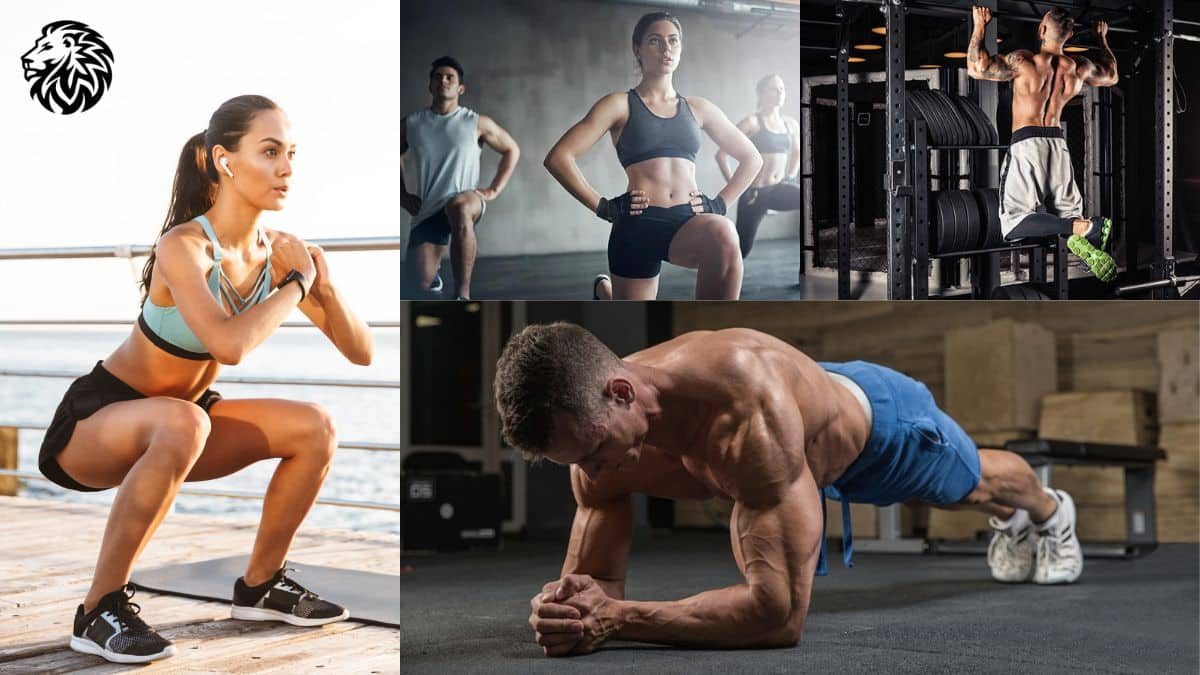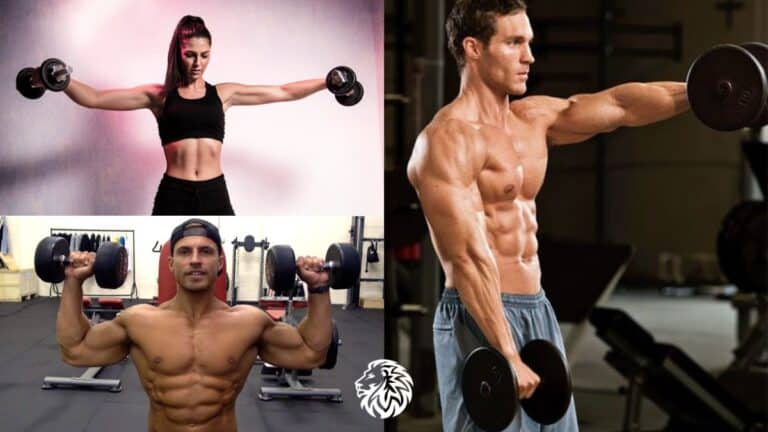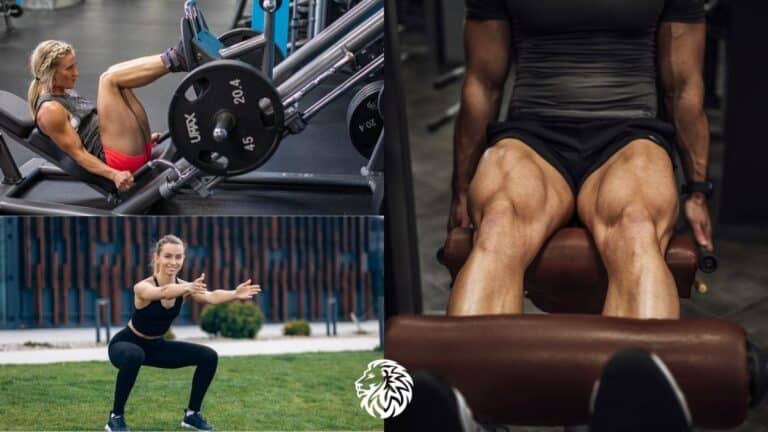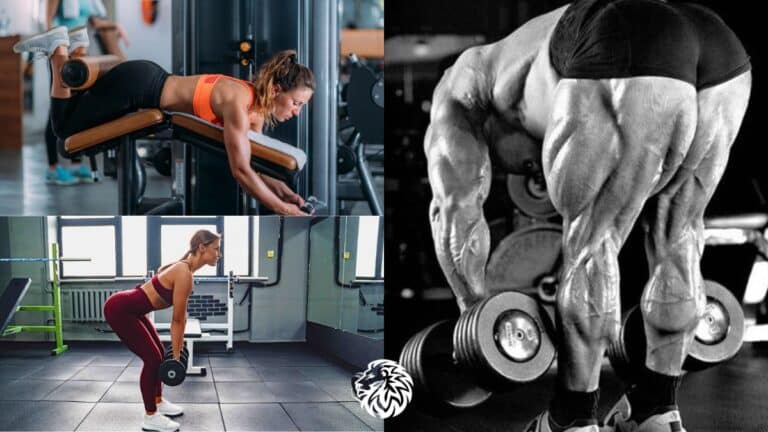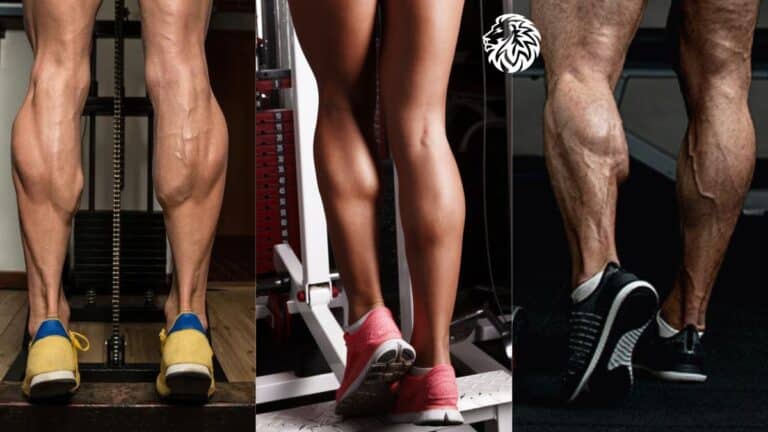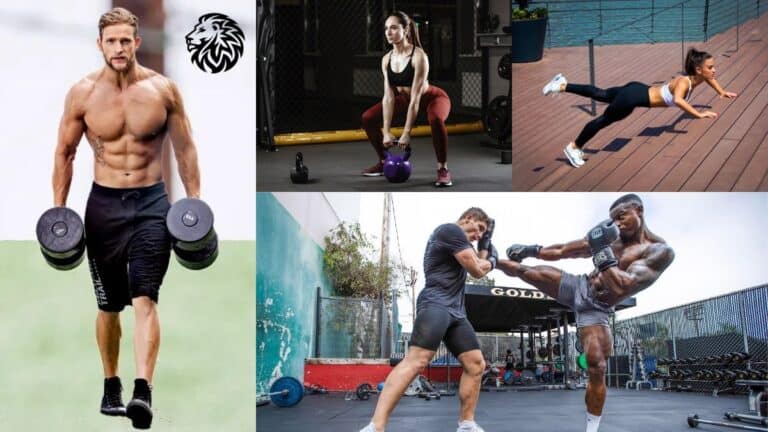Maintaining a healthy weight is essential for overall well-being. It reduces the risk of developing serious conditions like diabetes, heart disease, and high blood pressure. However, the challenge of incorporating exercise into a busy lifestyle can be daunting, especially if gym memberships are too expensive or simply inconvenient. The good news is that there are several effective workouts you can do right from the comfort of your home. These exercises require little to no equipment and focus on burning calories, improving cardiovascular health, and building muscle strength. In this guide, we’ll explore some of the best exercises to lose weight at home and how to implement them into your routine for optimal results.
Why Exercise Matters for Weight Loss
Exercise is a critical component of weight loss and general fitness. When combined with a balanced diet, it accelerates fat burning, boosts metabolism, and helps tone muscles. The best part? You don’t need to hit the gym to achieve your fitness goals. By dedicating some time each day to a structured home workout plan, you can significantly enhance your health and physical condition.
Studies have shown that regular physical activity can improve your mood, strengthen bones, and lower the risk of chronic diseases. It is also a great way to reduce stress and anxiety. So, whether you’re looking to shed pounds or simply stay fit, making exercise a part of your daily routine is crucial.
The Best Exercises to Lose Weight at Home
When it comes to losing weight, incorporating the right exercises into your routine can significantly enhance your results. The key is to focus on activities that increase your heart rate, burn calories, and strengthen muscles. Here’s a detailed look at some of the best exercises to lose weight at home, each targeting different muscle groups and offering unique benefits.
1. Aerobic Exercises: Walking, Jogging, and Running
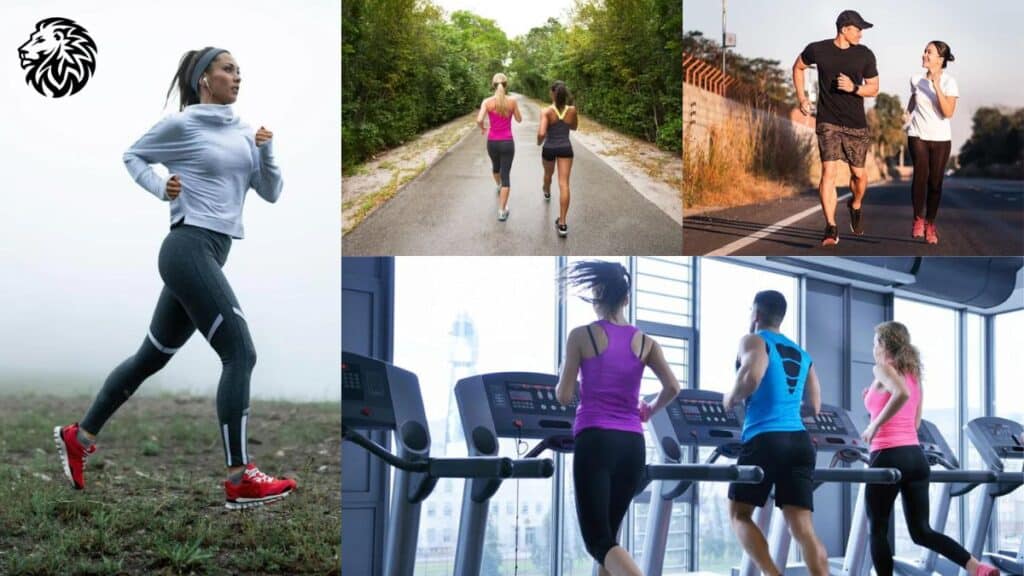
Cardio exercises like walking, jogging, and running are among the most effective ways to lose weight because they get your heart pumping and burn a significant number of calories. These exercises are easy to perform and don’t require any equipment, making them perfect for home workouts.
- Walking: Walking at a brisk pace can burn about 150-200 calories in 30 minutes for a 70-kg person. It’s one of the most accessible exercises, suitable for beginners or those with joint issues. Walking improves cardiovascular health and can be easily integrated into daily life.
- Jogging and Running: For those looking for more intensity, jogging and running are highly effective. Jogging burns approximately 300-350 calories per 30 minutes, while running can burn up to 400 calories or more in the same time frame. These exercises not only target weight loss but also build leg muscles and improve lung capacity. Alternating between jogging and running can help improve endurance and muscle strength faster.
Workout Tip: Start your session with a warm-up walk for 5-10 minutes, followed by intervals of jogging and running. For example, jog for 5 minutes, run for 3 minutes, and repeat. Cool down with a brisk walk at the end.
2. Skipping or Jumping Rope
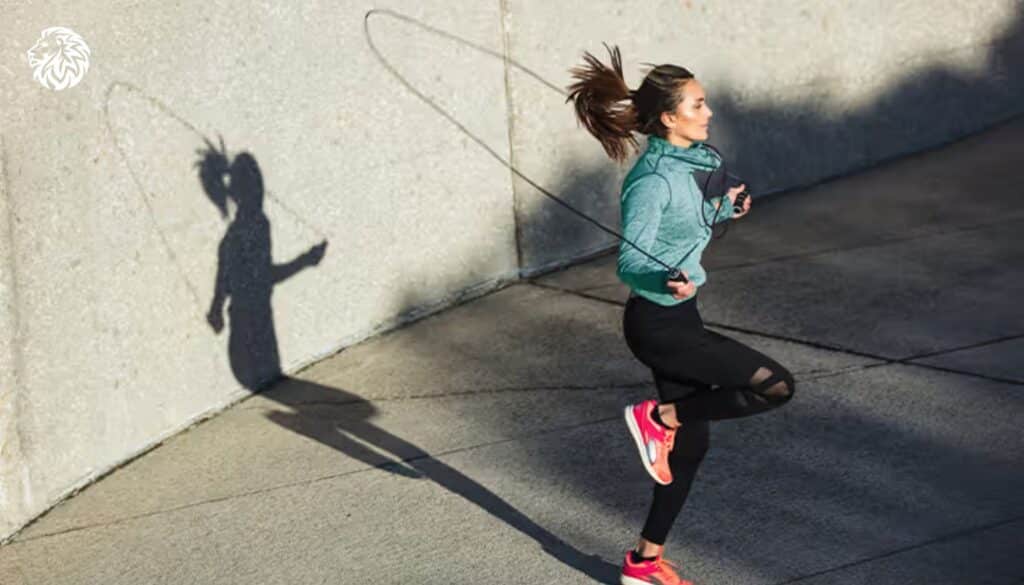
Jumping rope is a full-body workout that can torch calories in a short amount of time. It improves cardiovascular health, boosts metabolism, and strengthens muscles in your legs, core, and arms. Additionally, skipping enhances coordination, balance, and endurance.
- Calories Burned: On average, skipping rope can burn between 500 and 1,300 calories per hour, depending on your weight, intensity, and fitness level. Just 10 minutes of jumping rope can provide the same cardio benefits as 30 minutes of jogging.
- How to Perform: Start with your feet together, back straight, and hold the rope handles in each hand. Swing the rope over your head and jump as it passes under your feet. As you improve, try increasing your speed or adding tricks like double unders (where the rope passes under your feet twice in one jump) to intensify the workout.
Workout Tip: Begin with 1-minute intervals, alternating between jumping rope and resting. Gradually increase the length of each interval as your stamina improves.
3. Planks and Plank Variations
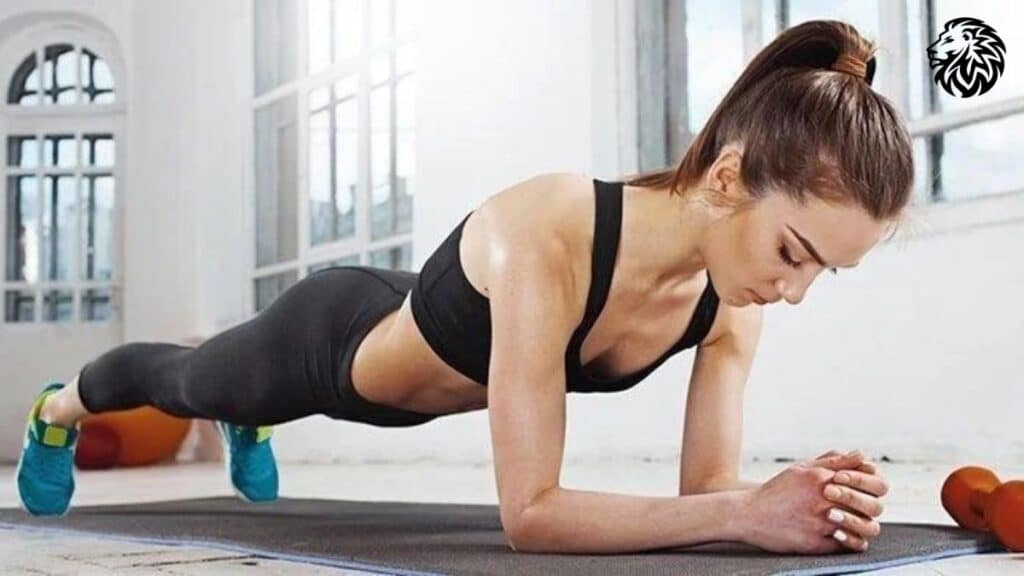
Planks are one of the best exercises for building core strength while also targeting other muscle groups. This seemingly simple exercise works your abs, shoulders, chest, back, hips, and legs, making it a full-body workout that improves balance and endurance.
- Standard Plank: The classic plank involves holding your body in a push-up position, with your forearms resting on the ground and your body forming a straight line from head to heels. The goal is to hold this position as long as possible. Beginners might start by holding for 20-30 seconds, eventually working up to 1-2 minutes or more.
- Plank Variations:
- Mountain Climbers: From the plank position, alternate driving your knees toward your chest as if you’re climbing. This adds a cardio element, increasing calorie burn while working your abs and legs.
- Side Plank: This targets the obliques (side abs) and improves overall stability. Hold yourself up on one arm, keeping your body straight, and switch sides after 30-60 seconds.
- Reverse Plank: In this variation, you face upward with your hands behind you, lifting your hips off the ground. This exercise works your glutes, hamstrings, and core.
Workout Tip: Try combining different plank variations into a circuit. For example, hold a standard plank for 30 seconds, transition into 30 seconds of mountain climbers, and finish with 30 seconds of a reverse plank.
4. Push-Ups and Pull-Ups
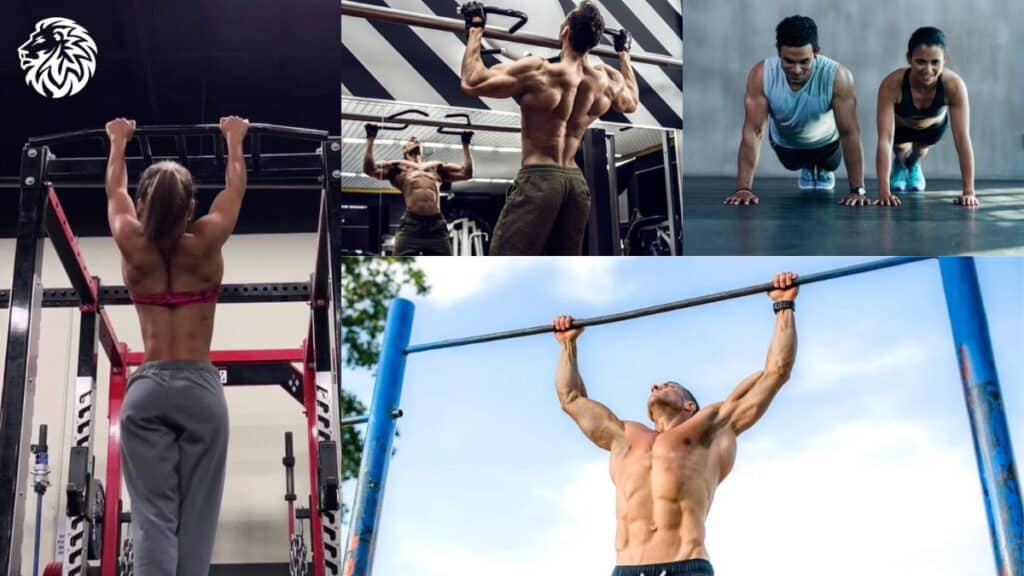
Push-ups and pull-ups are fundamental exercises that strengthen your upper body and core. These bodyweight exercises are excellent for losing weight because they engage multiple muscle groups, burn fat, and build lean muscle.
- Push-Ups: Push-ups primarily target the chest, shoulders, triceps, and core. This exercise involves pushing your body up and down from the floor using your arms. You can modify push-ups based on your fitness level:
- Knee Push-Ups: For beginners, perform push-ups with your knees on the ground.
- Incline Push-Ups: Use an elevated surface like a chair or wall for a less intense version.
- Standard Push-Ups: Once comfortable, transition to full push-ups with your hands on the floor and toes supporting your body.
A set of 15-20 push-ups can burn approximately 100-200 calories depending on your body weight and speed.
- Pull-Ups: While you might need a bar for pull-ups, they are one of the best upper-body exercises. They work the lats, biceps, shoulders, and core. Pull-ups are challenging because they require you to lift your entire body weight, making them excellent for building strength and burning fat.
Workout Tip: If you’re new to push-ups or pull-ups, start with modified versions (like knee push-ups or assisted pull-ups) and gradually progress to full versions as you build strength.
5. Squats
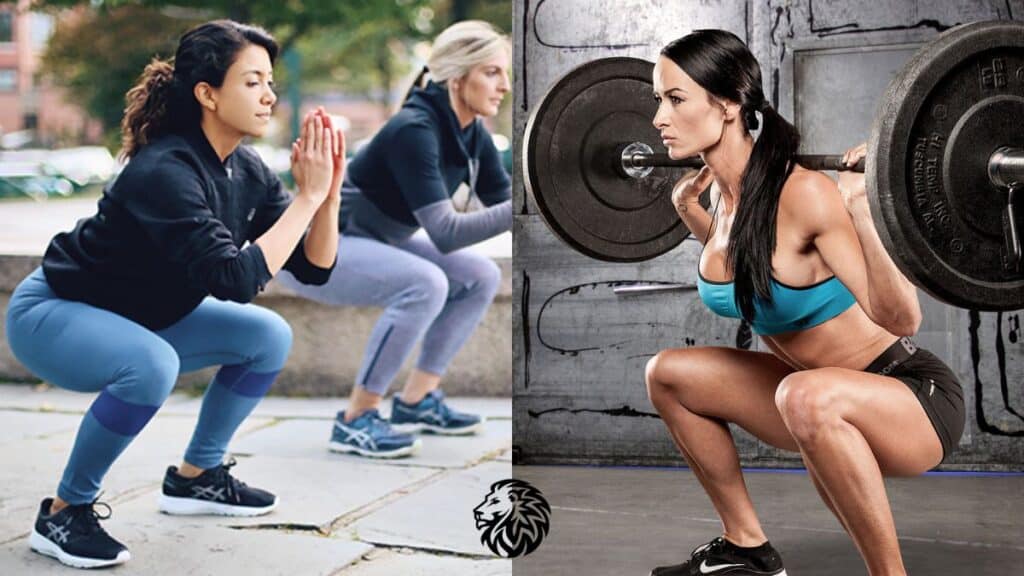
Squats are a compound exercise that works multiple muscle groups, including the glutes, hamstrings, quads, and core. Because they target some of the largest muscles in the body, squats are highly effective for burning calories and building strength.
- How to Perform: Stand with your feet shoulder-width apart, toes pointing slightly outward. Lower your hips as if sitting back in a chair, keeping your chest lifted and knees behind your toes. Push through your heels to return to standing.
Squats can be modified for different fitness levels:
- Bodyweight Squats: Ideal for beginners, using just your body weight.
- Jump Squats: For more intensity, jump as you rise from the squat position to add a cardio element and increase calorie burn.
- Weighted Squats: Hold dumbbells or a weighted object to add resistance.
Workout Tip: Incorporate squats into your routine by doing 3 sets of 12-15 reps. Add a variation like jump squats or hold weights to keep challenging your muscles.
6. Lunges
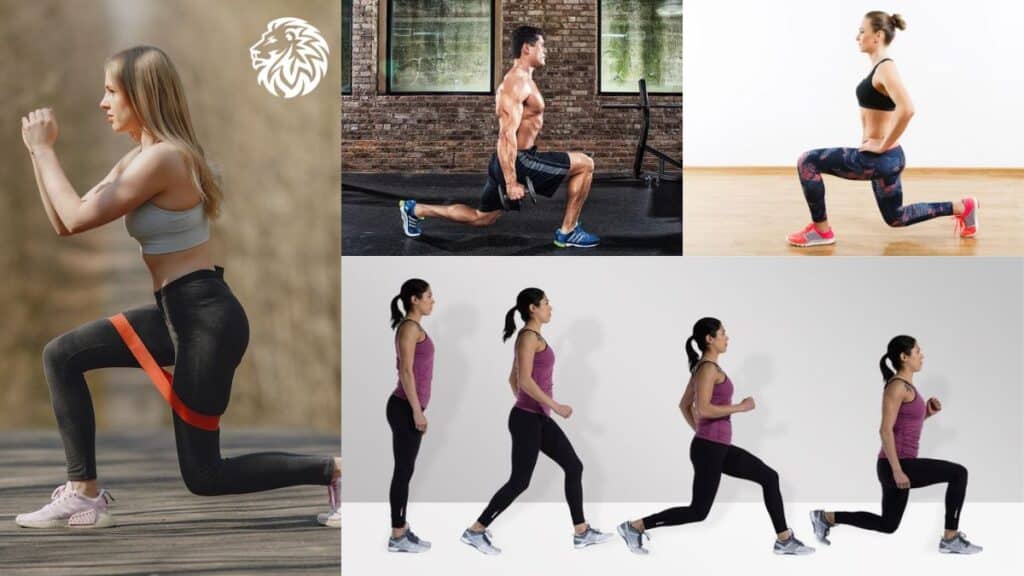
Lunges are another powerful lower-body exercise that also improves balance and coordination. Lunges work the quads, hamstrings, glutes, and calves, making them a great choice for toning your legs and burning fat.
- How to Perform: Stand upright with your feet together. Step forward with one leg and lower your body until both knees are at 90-degree angles. The back knee should hover just above the ground, and the front knee should stay behind the toes. Push through the front foot to return to standing, then switch legs.
Lunges can be done in different variations:
- Walking Lunges: Perform the lunge movement while stepping forward continuously.
- Reverse Lunges: Instead of stepping forward, step backward into a lunge.
- Side Lunges: Step to the side and lower your body, targeting the inner thighs.
Workout Tip: Perform 3 sets of 10-15 lunges per leg. Add weights to increase the intensity and muscle-building potential.
7. Yoga
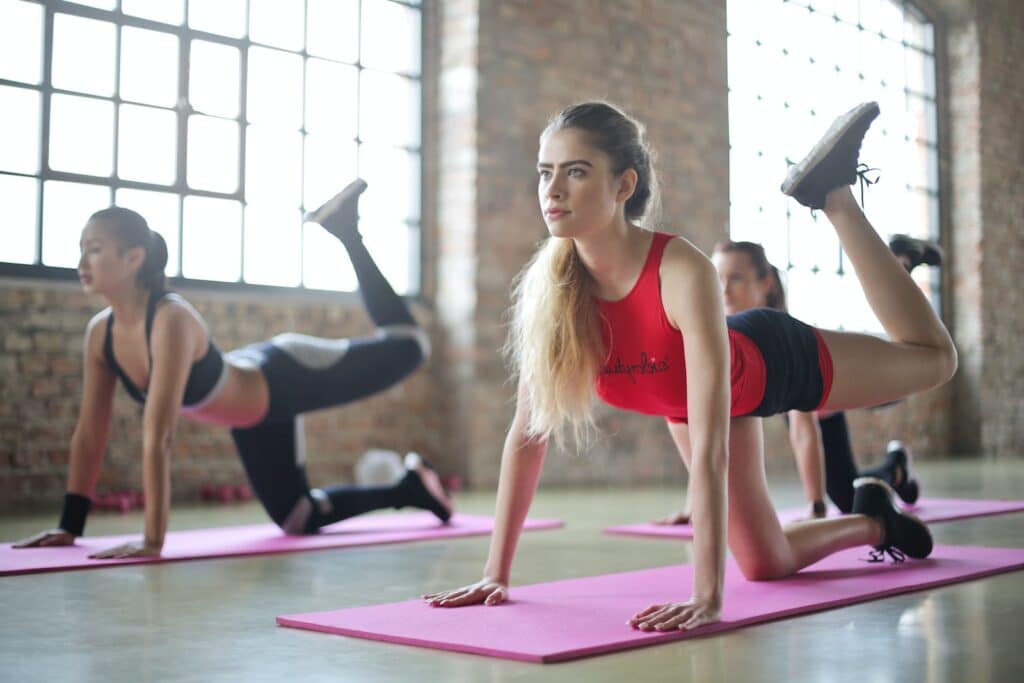
Yoga might not be the first thing that comes to mind when thinking about weight loss, but certain types of yoga can burn calories, build strength, and improve flexibility. Yoga also promotes mindfulness, which can help you maintain a healthy diet and lifestyle.
- Power Yoga: This dynamic form of yoga combines traditional poses with faster movements to elevate your heart rate and burn calories.
- Yoga Poses for Weight Loss: Some specific poses that help with weight loss include:
- Warrior Pose: Strengthens the legs, core, and arms.
- Plank Pose: Works the core and upper body.
- Downward Dog: Stretches the back and legs while engaging the core.
Workout Tip: Incorporate 20-30 minutes of yoga into your weekly routine to improve flexibility, reduce stress, and enhance overall fitness.
Putting It All Together: A Sample Workout Plan
To maximize your results and stay motivated, here’s a simple weekly workout plan combining these exercises:
- Monday: Jogging or running for 30 minutes + Push-ups (3 sets of 15) + Squats (3 sets of 12)
- Tuesday: Skipping for 15 minutes + Planks (3 variations for 30 seconds each) + Lunges (3 sets of 12 per leg)
- Wednesday: Rest or gentle yoga session (20 minutes)
- Thursday: Jogging or running for 30 minutes + Pull-ups (3 sets of 10) + Squats (3 sets of 12)
- Friday: Skipping for 15 minutes + Push-ups (3 sets of 15) + Planks (3 variations for 30 seconds each)
- Saturday: Lunges (3 sets of 12 per leg) + Yoga session (30 minutes)
- Sunday: Rest or light activity (walking, stretching)
By following this balanced workout plan, you’ll effectively target all muscle groups, burn calories, and work towards your weight loss goals—all from the comfort of your home.
Maximizing Weight Loss at Home
Now that you have a comprehensive list of the best exercises to lose weight at home, here are a few tips to help you maximize the benefits of your workout routine:
- Consistency is Key: To see results, it’s important to stay consistent with your exercises. Create a schedule and stick to it, ensuring that you incorporate both cardio and strength training.
- Diet Matters: Exercise alone won’t lead to significant weight loss unless it’s paired with a healthy diet. Focus on a balanced intake of whole grains, lean proteins, vegetables, and fruits. Avoid processed foods and excessive sugars.
- Morning Workouts: Studies suggest that working out in the morning, especially on an empty stomach, may be more effective for burning fat. Early morning exercise increases metabolism and helps set a positive tone for the rest of the day.
- Mix It Up: To prevent boredom and to challenge different muscle groups, switch up your workout routine. Incorporate different types of exercises such as yoga, strength training, and cardio to keep things interesting.
Final Thoughts
Exercising at home is both convenient and effective. By incorporating the best exercises to lose weight at home, you can transform your body, improve your health, and feel more energized. The key is to stay committed and consistent. Alongside a healthy diet, regular exercise will help you achieve your weight loss goals without needing fancy equipment or a gym membership. Stay active, challenge yourself, and enjoy the process!
Frequently Asked Questions (FAQs)
1. Can I lose weight by exercising at home without equipment?
Yes, many effective exercises like bodyweight squats, push-ups, planks, and lunges require no equipment and can help you burn calories, build muscle, and lose weight.
2. How much time should I spend exercising to lose weight at home?
Aim for at least 150 minutes of moderate-intensity exercise or 75 minutes of vigorous-intensity exercise per week, spread across several days.
3. What are the best exercises to lose belly fat at home?
Planks, mountain climbers, and cardio exercises like jogging or skipping can help reduce belly fat by strengthening core muscles and burning calories.
4. Is it better to exercise in the morning or evening for weight loss?
While exercising in the morning may boost fat burning due to fasting, evening workouts can also be effective. The best time is when you feel most energetic and consistent.
5. Can I rely on yoga alone for weight loss?
Yoga can aid in weight loss by improving flexibility, strength, and mindfulness. However, combining it with cardio and strength training exercises may yield faster results.
6. Do I need to follow a specific diet along with home workouts to lose weight?
Yes, a balanced diet that includes whole foods, lean proteins, vegetables, and healthy fats is crucial for weight loss when paired with regular exercise.
7. How long does it take to see results from exercising at home?
Results vary based on individual factors, but with consistent exercise and a healthy diet, you can typically start seeing noticeable changes in 4-6 weeks.
8. What should I eat before and after a workout at home?
Before working out, eat a small snack like a banana or yogurt to fuel your exercise. Afterward, focus on protein-rich foods like eggs or a smoothie to aid recovery.
9. Can I lose weight just by doing cardio at home?
Cardio is effective for burning calories, but for optimal weight loss, it’s best to combine it with strength training exercises to build muscle and boost metabolism.
10. How can I stay motivated to work out at home regularly?
Set achievable goals, track your progress, vary your workouts to keep them interesting, and create a schedule that fits into your daily routine to stay motivated.
